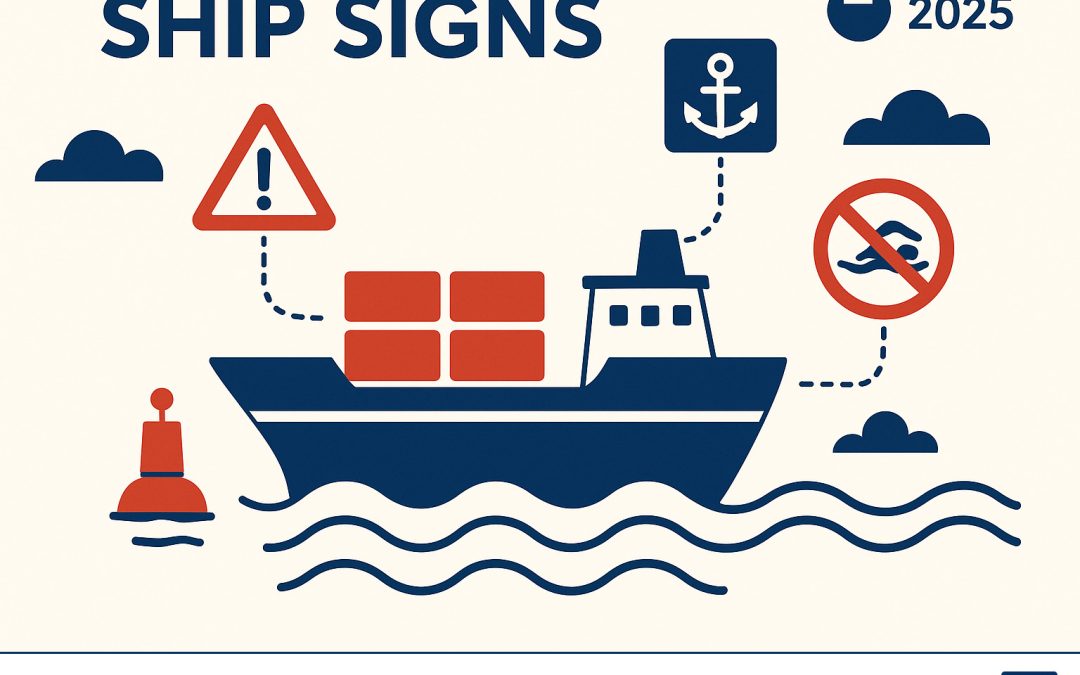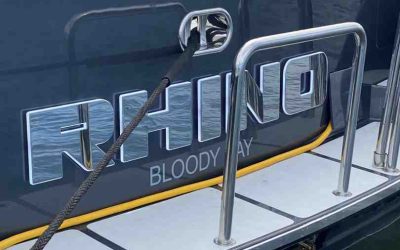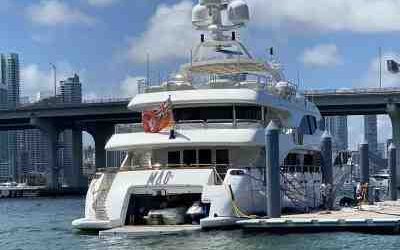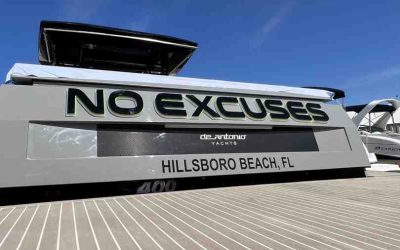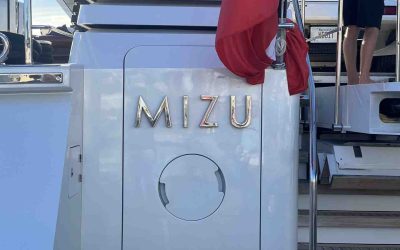Why Ship Signs Are Critical for Maritime Safety and Identity
Ship signs serve a dual purpose in the maritime world: ensuring safety compliance and expressing a vessel’s unique identity. From mandatory safety symbols that guide crews during emergencies to neat illuminated yacht names that showcase ownership pride, these visual elements form the backbone of maritime communication.
Quick Overview of Ship Signs:
- Safety Signs – IMO-required symbols for emergency procedures, hazard warnings, and equipment locations
- Navigational Signs – Day shapes and signals that communicate vessel status to other mariners
- Identification Signs – Hull markings, vessel names, and registration information
- Custom Signage – Personalized yacht lettering and logos for aesthetic expression
The maritime environment demands signage that can withstand saltwater corrosion, UV exposure, and extreme weather conditions. Whether it’s a photoluminescent escape route sign glowing in an emergency or a backlit stainless steel yacht name reflecting off calm harbor waters, every sign must meet rigorous durability standards.
Commercial vessels rely on standardized markings like draft marks and load lines to ensure safe operations, while luxury yachts increasingly feature custom illuminated signage that transforms functional identification into artistic expression. Both worlds share common ground in their need for marine-grade materials and precision craftsmanship.
I’m Cole Reilly, and through nearly two decades of creating custom ship signs and marine signage, I’ve completed over 10,000 projects for vessels worldwide. My expertise spans from understanding international maritime regulations to crafting bespoke illuminated yacht lettering that withstands the harshest marine conditions.
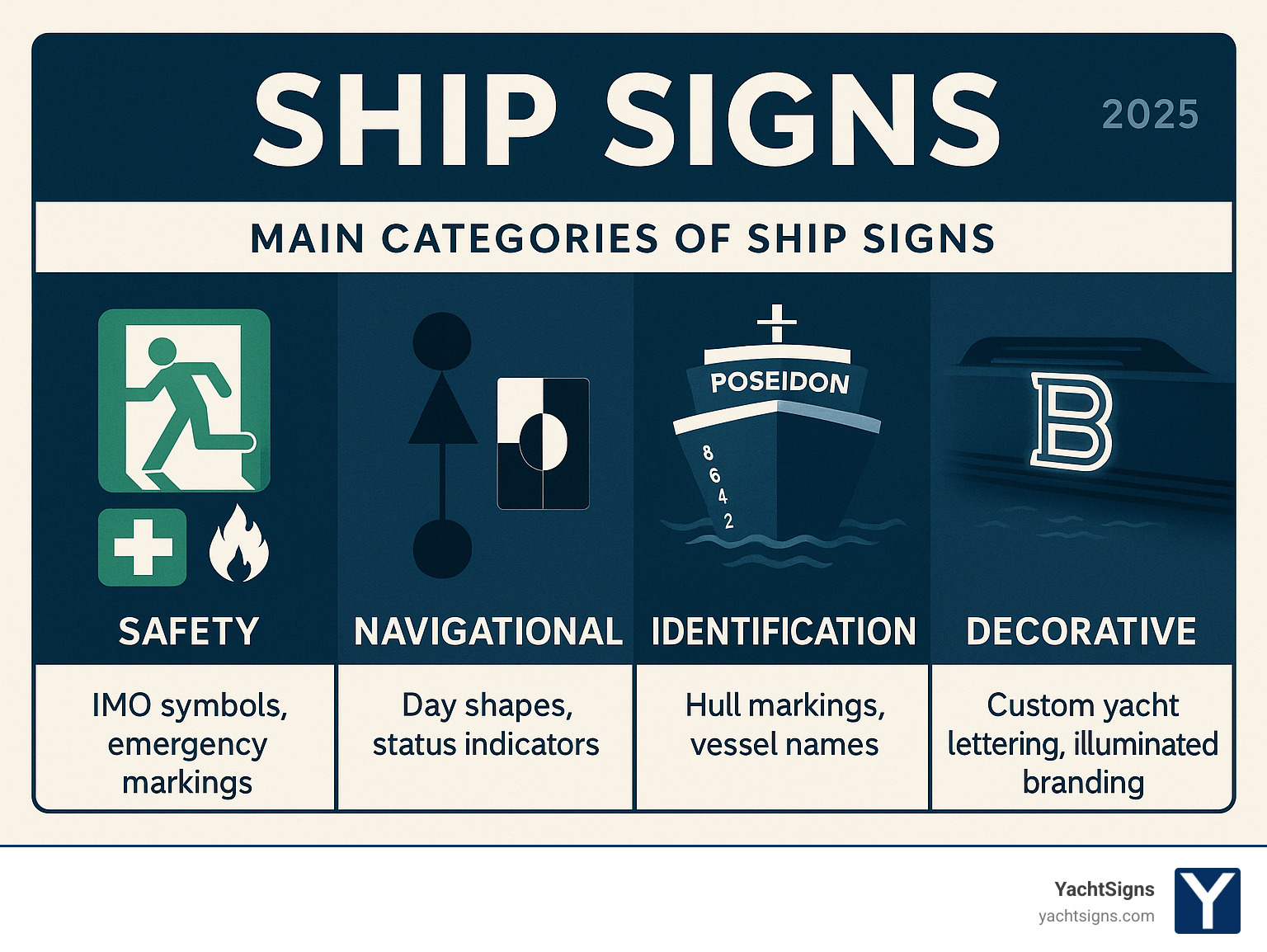
Ship signs further reading:
The Two Worlds of Maritime Signage: Onboard vs. Onshore
The world of ship signs actually splits into two distinct environments, each with its own unique challenges and purposes. Understanding this difference is crucial for anyone involved in maritime operations or yacht ownership.
Think of it this way: onboard signs are like the nervous system of a vessel – they need to function perfectly in the harsh marine environment where lives depend on clear communication. Meanwhile, onshore signs act more like traffic directors, keeping the complex dance of marina life organized and safe.
The marine environment is unforgiving. Onboard ship signs face constant saltwater spray, intense UV radiation, and the never-ending motion of a vessel cutting through waves. These signs must meet strict international regulations while providing critical navigation and emergency information that could mean the difference between life and death.
Onshore signage operates in a different world entirely. While still dealing with waterfront conditions, these signs focus on managing the logistics of marina life – directing traffic flow, marking dock assignments, and ensuring everyone knows where they’re supposed to be. They’re built tough for outdoor coastal environments, but they don’t need to survive the extreme conditions that onboard signs endure daily.
| Feature | Onboard Ship Signs | Marina/Dockside Signs |
|---|---|---|
| Primary Purpose | Safety, emergency guidance, operational efficiency | Traffic control, facility navigation, land-based safety |
| Environment | Harsh marine (saltwater, UV, motion, vibration) | Waterfront outdoor (weather exposure, pedestrian/vehicle) |
| Key Regulations | IMO, SOLAS, COLREGs, Flag State requirements | OSHA, ANSI, local building codes, fire regulations |
| Examples | IMO safety symbols, fire control plans, draft marks | “No Parking,” “Loading Zone,” “Customer Pickup,” “Slip Numbers” |
| Material Needs | Photoluminescent, highly durable, corrosion-resistant | Durable, weather-resistant, often reflective for visibility |
Onboard Vessel Signage
Creating ship signs for onboard use is like engineering for space travel – everything must be built to survive extreme conditions while performing flawlessly when needed most. These signs face the full fury of the marine environment, from corrosive saltwater that never stops attacking metal surfaces to UV radiation that can fade inferior materials in just months.
The regulatory landscape for onboard signage is complex and unforgiving. International Maritime Organization standards aren’t suggestions – they’re requirements that can make or break a vessel’s certification. These signs must provide crystal-clear navigation information and emergency guidance using materials that glow in the dark when power fails and maintain their visibility after years of punishment from the elements.
Every onboard sign serves a critical safety function. Whether it’s guiding crew members to emergency equipment during a crisis or displaying essential vessel information for navigation, these signs become silent crew members that never sleep and never fail when properly designed and manufactured.
More info about our design guide
Marina and Dockside Signage
Marina signage operates more like a well-orchestrated symphony, with each sign playing its part in keeping the complex logistics of waterfront facilities running smoothly. These signs manage the constant flow of vessels, vehicles, and pedestrians while ensuring everyone stays safe and knows exactly where they belong.
The focus here shifts from life-or-death emergency communication to efficient facility management. Ship signs in marina environments need to withstand coastal weather conditions while providing clear directions for everything from customer parking to fuel dock procedures. They’re built for durability in waterfront environments, but their primary job is organization and traffic control rather than emergency response.
Safety compliance remains important, but it follows land-based standards rather than maritime regulations. These signs mark emergency exits, identify hazardous areas, and provide essential visitor information – all while maintaining the professional appearance that reflects well on the marina’s reputation.
A Deep Dive into Commercial Ship Signs and Markings
When you see a massive commercial vessel gliding through harbor waters, you’re witnessing a floating dictionary of maritime communication. Every ship signs and marking tells a story – from where the vessel calls home to how much cargo it’s carrying. These aren’t just decorative elements; they’re a carefully orchestrated system that keeps our oceans safe and commerce flowing.
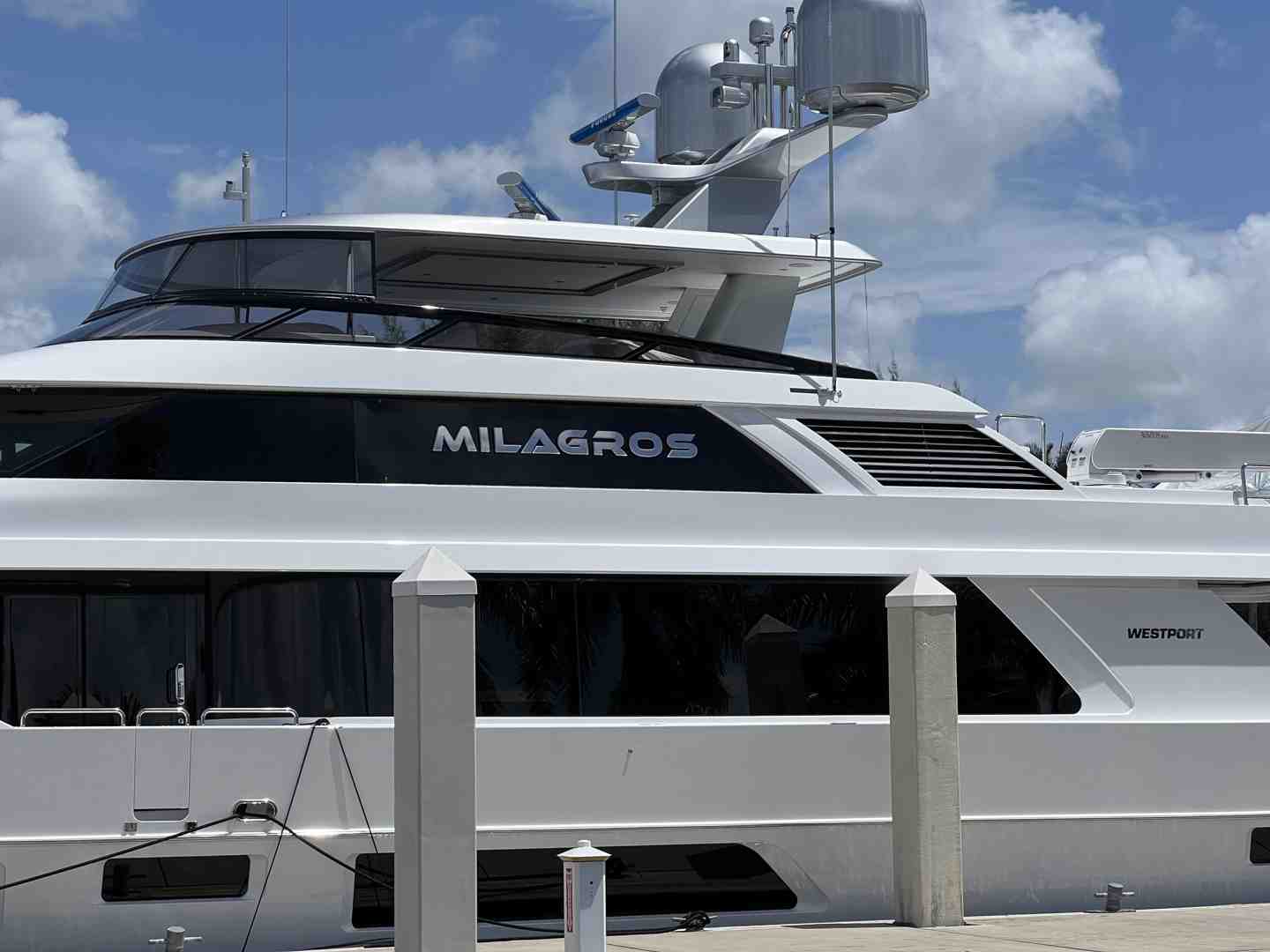
Think of commercial ship signs as the maritime equivalent of a driver’s license, insurance card, and GPS system all rolled into one. These markings have evolved over centuries, with roots stretching back to ancient seafaring civilizations. Today’s standardized system ensures that a harbor pilot in Singapore can instantly understand critical information about a vessel that was built in South Korea and registered in Panama.
The beauty of this system lies in its universality. Language barriers disappear when everyone speaks the same visual language. Whether you’re a seasoned captain or a curious observer, understanding these essential markings opens up a fascinating world of maritime communication.
Regulatory and Safety Signs: The Language of Compliance
Step aboard any commercial vessel, and you’ll immediately notice that ship signs aren’t suggestions – they’re lifelines. The International Maritime Organization (IMO) mandates these visual guardians, creating a standardized safety language that transcends cultural and linguistic boundaries.
The magic happens in the dark. Many safety signs feature photoluminescent properties, meaning they absorb light during normal conditions and glow for hours when darkness falls or smoke fills the air. It’s like having a backup lighting system built right into the signage itself.
Color coding forms the backbone of maritime safety communication. Red circles with diagonal lines shout “Don’t do this!” – whether it’s smoking near fuel or entering restricted areas. Yellow triangles grab attention with hazard warnings, alerting crew to flammable materials or dangerous machinery. Blue circles give mandatory instructions like “Wear your life jacket” or “Use handrails.”
Green signs become your best friends during emergencies, marking escape routes and safety equipment locations. White and black combinations specifically identify fire control equipment – extinguishers, hoses, and alarm stations that could mean the difference between a minor incident and a major disaster.
These signs aren’t just regulatory checkboxes. They’re carefully positioned throughout the vessel to guide crew members through both routine operations and life-threatening emergencies. Every placement follows strict international guidelines, ensuring that whether you’re on a cargo ship in the Atlantic or a research vessel in the Arctic, the safety language remains consistent.
Navigational Signals: Communicating Intent at Sea
Beyond the permanent signage, vessels use dynamic ship signs to broadcast their intentions and status to other mariners. These are the maritime equivalent of turn signals and hazard lights, governed by the International Regulations for Preventing Collisions at Sea (COLREGs).
Day shapes are perhaps the most neat form of maritime communication. These simple black geometric forms – balls, cylinders, cones, and diamonds – hang from masts during daylight hours, instantly conveying a vessel’s operational status to anyone within visual range.
A single black ball tells the world “We’re anchored here.” Two balls stacked vertically signal a vessel in distress or not under command – essentially maritime code for “We need help.” A diamond shape indicates a vessel engaged in towing operations, warning other ships to give extra room for the towed object that might not be immediately visible.
Cylinder shapes announce vessels constrained by their draft – typically large ships that can’t easily change course due to shallow water. The ball-diamond-ball combination creates a vertical traffic light of sorts, indicating a vessel restricted in its ability to maneuver due to its work – perhaps laying cables or conducting underwater operations.
These shapes work in perfect harmony with navigation lights shown at night, ensuring 24-hour communication. It’s a system so refined that experienced mariners can assess an entire traffic situation at a glance, making split-second decisions that keep everyone safe.
Hull Markings and Identification: A Ship’s Identity Card
The hull of a commercial vessel reads like a detailed biography, with ship signs and markings that reveal everything from the vessel’s carrying capacity to its country of origin. These aren’t random numbers and lines – they’re a sophisticated information system that enables safe and efficient maritime operations worldwide.
Draft marks run vertically along the hull like a giant ruler, typically positioned at the bow, midship, and stern. These numbered scales show exactly how deep the vessel sits in the water, allowing crews and port authorities to calculate cargo loads and ensure safe passage through channels. Think of them as the maritime equivalent of a truck’s weight station – critical for preventing overloading and maintaining stability.
The Plimsoll line stands as perhaps the most recognizable hull marking – a circle with a horizontal line through it, accompanied by a series of additional lines marked with letters. This ingenious system, refined over centuries since ancient Crete, prevents dangerous overloading by indicating maximum safe load levels for different water conditions. TF marks tropical fresh water limits, S indicates summer saltwater levels, and W shows winter restrictions when rough seas demand extra safety margins.
Vessel names and port of registry grace the stern in bold lettering, providing instant identification and legal jurisdiction information. These markings often include the owning company’s name, creating a floating business card that’s visible from considerable distances.
Modern vessels also display IMO numbers – unique identification codes that remain with the ship throughout its entire lifetime, like a maritime social security number. These permanent identifiers help track vessel history, ownership changes, and safety records across international databases.
Specialized markings serve operational purposes too. Bow thruster indicators – typically white circles with X marks – alert tugboat operators to underwater propulsion systems that could cause damage during docking operations. Bulbous bow markings warn of submerged hull extensions designed to reduce drag but invisible from the surface.
Pilot boarding areas feature distinctive white rectangles with yellow borders, marking the precise location where maritime pilots will board to guide vessels into unfamiliar ports. Tug interaction zones indicate safe push and pull points while marking areas where tugboats should avoid contact.
These markings transform every commercial vessel into a floating information center, enabling maritime professionals to make informed decisions quickly and safely.
Explainer on Ship Markings & What They Mean
The Art and Science of Modern Yacht Signage
The world of yacht signage is where functionality meets artistry. While commercial ship signs focus purely on safety and regulation, yacht owners have the luxury of changing their vessel’s identification into something truly spectacular. It’s about taking that basic requirement – displaying your yacht’s name – and elevating it into a stunning expression of personal style and craftsmanship.
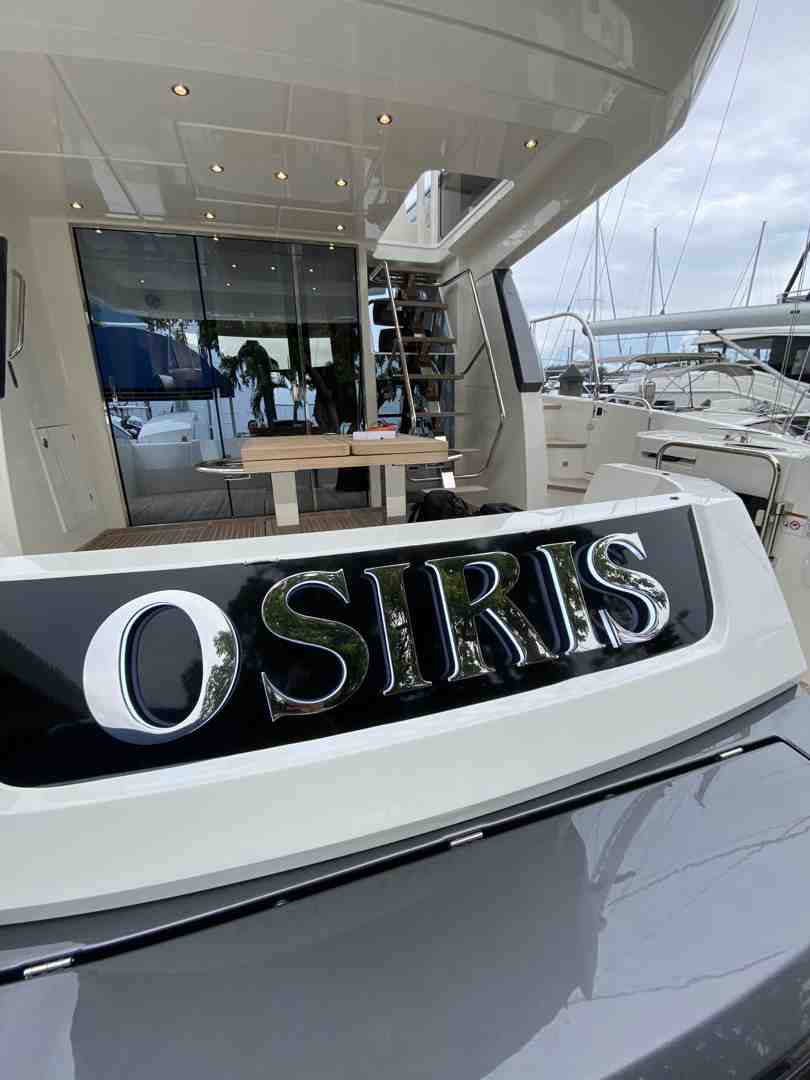
Think about it: your yacht’s name is often the first thing people notice when you pull into a marina. It’s your vessel’s signature, its calling card on the water. That’s why modern yacht signage has evolved far beyond simple painted letters or basic vinyl decals. Today’s yacht owners demand signs that reflect their vessel’s prestige and their own personal taste.
The magic happens when you combine cutting-edge technology with traditional marine craftsmanship. We’re not just making signs – we’re creating maritime art that happens to display your yacht’s name. After nearly two decades in this business and over 10,000 projects completed, I’ve seen how the right signage can completely transform a vessel’s appearance and presence on the water.
What sets yacht signage apart is the attention to detail and the pursuit of perfection. Every curve, every letter, every lighting element is carefully planned and executed. It’s about creating something that will make you proud every time you see your yacht, whether it’s docked at sunset or cruising past other vessels.
View our portfolio of custom signs
Essential Materials and Characteristics for Marine-Grade Ship Signs
Creating ship signs that can handle the marine environment isn’t just about picking any durable material – it requires understanding exactly what the ocean throws at your signage. Salt spray, intense UV rays, temperature swings, and constant vibration from waves and engines all conspire to destroy ordinary signs in record time.
316L stainless steel forms the backbone of premium yacht signage. This isn’t your everyday stainless steel – it’s specifically formulated with extra chromium and molybdenum to laugh off saltwater corrosion. When we fabricate lettering from 316L, we’re creating something that will maintain its mirror finish and structural integrity for decades, not years.
Marine-grade acrylic opens up a world of creative possibilities. Unlike standard acrylic that yellows and cracks under marine conditions, marine-grade versions are UV-stabilized and impact-resistant. This material allows us to create illuminated letters, colorful logos, and dimensional elements that maintain their clarity and vibrancy season after season.
For yacht owners seeking the ultimate in modern aesthetics, carbon fiber delivers both stunning visual appeal and incredible durability. It’s lightweight enough not to affect your vessel’s performance, yet strong enough to handle everything from dock bumps to storm conditions.
The real art lies in precision fabrication. Using CNC routing and laser cutting technology, we achieve tolerances that hand-crafted signs simply can’t match. Every edge is perfectly smooth, every curve flows naturally, and every mounting point aligns exactly. This precision isn’t just about looks – it also eliminates stress points that could lead to failure in marine conditions.
Saltwater corrosion resistance goes beyond just material choice. It’s about understanding how different metals interact, how to seal connections properly, and how to design drainage so water doesn’t pool in places that could cause problems years down the road.
The Brilliance of Illumination: LED and Custom Lighting
LED technology has revolutionized yacht signage, changing simple identification into captivating nighttime displays. There’s something magical about seeing your yacht’s name glowing softly in a darkened marina – it creates an ambiance that’s both neat and unmistakably maritime.
Backlighting techniques offer incredible versatility in creating different moods and effects. Halo lighting projects a soft glow around your lettering onto the mounting surface, creating an ethereal effect that’s sophisticated without being flashy. Face lighting illuminates the letters themselves for maximum visibility and impact, perfect for larger yachts where distance viewing is important.
The beauty of modern LED systems lies in their RGB/W capabilities. This means you can choose from millions of colors, or even program color-changing sequences for special occasions. Imagine your yacht’s name shifting from deep blue to warm white as the sun sets, or displaying your favorite team colors during a regatta.
Energy efficiency is crucial on any vessel where power management matters. Our LED systems draw minimal current while producing brilliant illumination, and they generate virtually no heat – important considerations in the confined spaces of marine electrical systems.
The reliability factor can’t be overstated. Our LED lighting systems come with a three-year warranty and typically last up to eight years in marine conditions. That’s peace of mind you simply can’t get with traditional lighting technologies that fail regularly in saltwater environments.
Creating the perfect lighting effect requires understanding both the technical aspects of LED installation and the artistic vision of how light interacts with different materials and finishes. It’s this combination of technical expertise and creative insight that transforms functional signage into maritime art.
More info about our lighting options
Frequently Asked Questions about Ship Signage
What international regulations govern ship signs?
The world of ship signs operates under a complex web of international regulations designed to keep everyone safe on the water. Think of these rules as the universal language that allows mariners from different countries to understand each other instantly – whether they’re dealing with an emergency or simply trying to avoid a collision.
The International Maritime Organization (IMO) serves as the global authority for maritime safety standards. They’re the ones who decide what symbols mean what, which colors to use for different types of warnings, and even how bright those glow-in-the-dark signs need to be. When you see those familiar safety symbols on any vessel worldwide, you can thank the IMO for making sure they’re consistent everywhere.
Safety of Life at Sea (SOLAS) is perhaps the most crucial treaty governing ship signs. This comprehensive agreement covers everything from fire control plans to escape route markings. It’s the reason why safety signs look the same whether you’re on a cruise ship in the Caribbean or a cargo vessel in the North Sea.
The International Convention for the Prevention of Collisions at Sea (COLREGs) focuses specifically on navigation signals. These are the rules that determine what those day shapes and navigation lights mean – critical information that helps prevent ships from running into each other.
Finally, individual flag state requirements add another layer. Each country where a vessel is registered may have additional specific rules that must be followed. It’s like having both federal and state laws – you need to comply with both.
What makes a sign “marine-grade”?
When we say a sign is “marine-grade,” we’re talking about something that can laugh in the face of saltwater, shrug off hurricane-force winds, and still look great after years of punishment from the sun. It’s far more demanding than just being “waterproof.”
Material selection is absolutely critical. We use 316L stainless steel because it’s specifically engineered to resist saltwater corrosion – something that would eat through lesser materials in months. Our marine-grade acrylics and specialized polymers are chosen for their ability to maintain their color and structural integrity under intense UV exposure.
The superior corrosion and UV resistance goes beyond just the base materials. These signs often receive special treatments and finishes that provide additional protection against salt spray, humidity, and that relentless marine sun that can bleach and crack inferior materials.
Robust construction means these signs are built like tiny fortresses. They need to handle constant vibration from engines and waves, sudden impacts from equipment or weather, and extreme temperature swings from tropical heat to arctic cold. For illuminated signs, this includes completely sealed electrical components that keep water out while maintaining perfect lighting performance.
Essentially, a marine-grade ship sign is engineered to be as tough as the vessels they’re mounted on, maintaining both their beauty and functionality through years of maritime trips.
How are custom yacht signs designed and created?
Creating custom yacht signs is where artistry meets precision engineering – it’s a collaborative journey that transforms your vision into a stunning piece of marine craftsmanship.
Everything starts with our consultation process, where we dive deep into understanding your yacht’s personality and your aesthetic vision. We discuss materials, lighting effects, placement options, and any specific design elements that speak to you. This is where we take precise measurements and really get to know your vessel’s unique character.
Our digital renderings bring your ideas to life before we cut a single piece of material. These detailed 2D and 3D visualizations let you see exactly how your sign will look mounted on your yacht. We refine every detail until it’s absolutely perfect – because once we start fabricating, we want to be certain it exceeds your expectations.
Material selection happens based on both aesthetic preferences and practical requirements. Whether it’s the mirror finish of 316L stainless steel, the versatility of marine-grade acrylic, or the high-tech appeal of carbon fiber, we choose materials that will look stunning and perform flawlessly in the marine environment.
Precision cutting and fabrication uses state-of-the-art CNC routing and laser cutting technology. This ensures every curve is perfect, every edge is clean, and every component fits together with watchmaker precision.
The hand-finishing stage is where traditional craftsmanship shines. Our skilled artisans polish, sand, and prepare each component by hand, ensuring the kind of flawless finish that reflects the luxury of your vessel.
For illuminated signs, integration of lighting systems involves carefully installing LED components with complete waterproof sealing and professional-grade wiring. Our lighting solutions are engineered to provide brilliant, consistent illumination for years of reliable performance.
This comprehensive approach ensures that every custom yacht sign we create becomes a signature piece that perfectly complements your vessel’s unique style and character.
Where to Get Custom LED Signs for Yachts
Conclusion
Throughout our journey exploring ship signs, we’ve finded they’re so much more than simple nameplates or warning labels. They represent the intersection where safety meets identity, where international compliance dances with personal expression, and where engineering precision creates maritime art.
From the photoluminescent emergency exit signs that could save lives during a crisis to the neat backlit yacht lettering that catches admiring glances in the harbor, every sign tells a story. The universal safety symbols on commercial vessels speak a language understood worldwide, while custom yacht signage whispers the unique personality of each vessel and owner.
What strikes me most after nearly two decades in this industry is how quality and durability remain the foundation of everything we do. The marine environment doesn’t forgive shortcuts or compromise. When a ship sign faces relentless saltwater spray, intense UV radiation, and constant vibration, only the finest materials and craftsmanship will endure.
At YachtSigns, we’ve built our reputation on understanding this delicate balance between form and function. Each of our 10,000+ completed projects represents our commitment to combining artistry with marine-grade engineering. We don’t just create signs that identify your vessel – we craft pieces that truly define its character and ensure it shines brilliantly for years to come.
Whether you’re envisioning subtle elegance or bold statement lighting, we’re here to transform your ideas into reality. Your yacht deserves signage that matches its quality and reflects your vision.
